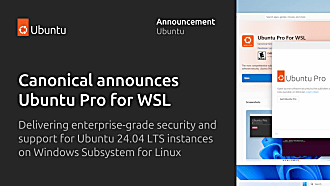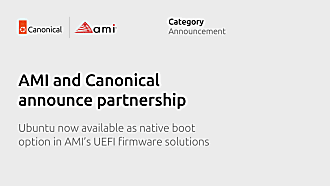Mark Baker
on 22 July 2014
Over the last few weeks we’ve found ourselves in several prospective customer meetings discussing the suitability of OpenStack for enterprise use in production clouds. Enterprises are skeptical of OpenStack’s ability to deliver a solid platform that is able to meet the availability, security and manageability demands of the business. There are good technical responses to these concerns – one can point at best practise architectures, third party policy management tools, operations guides and more. There are also good non technical responses too: look at the number of companies that run mission critical services on OpenStack today – don’t they disprove the theory that OpenStack is ready for Enterprise use?
Maybe they do, but another objection we have heard several times now is that certain critical enterprise applications need to be fully supported on OpenStack before the enterprise can adopt it. Oracle RDBMS, WebSphere, Tibco or even MQSeries messaging servers have all cropped up in conversations as being corporately defined standard applications required before the enterprise can put OpenStack into production. We have even been asked about using Ubuntu OpenStack and Juju orchestration with an alternate Linux as deviating from their long established standard is extremely hard. (Juju can orchestrate Windows and CentOS as well as Ubuntu based services in OpenStack)
This just doesn’t add up. Organisations want to move to the cloud to be able to become more agile, to respond to changing environments faster, to remove barriers to developer innovation or to bring rogue deployments out there on public cloud in-house under the wing of the central IT function. Choosing cloud to become more agile and then placing large restrictions on the technologies involved so that only incumbent ‘Enterprise’ technologies qualify is unlikely to create an environment that delivers the agility and innovation the organisation seeks. It is very likely to ensure that company is going to remain encumbered by incumbent technologies. Surely organisations should be aiming higher? After all, as the OpenStack Foundation’s Mark Collier pointed out in the OpenStack UK event recently, every industry is competing with a startup and by 2027 75% of the fortune 500 will have been replaced. No one is too big to fail and everyone needs to be thinking about remaining relevant.
The move from Sun Solaris to Enterprise Linux was the replacement of just two components (Server hardware and OS) in a well established stack giving clear price performance benefits, whilst all other components such as database, app server, monitoring, storage connectivity remained the same. The move to cloud computing is different: it is a move to scale out. This means applications, architectures, processes and tools all need to be re-considered. Indeed a recent Gartner report stated that up to 70% of CIOs are going to use the move to cloud as an opportunity to re-consider their existing supplier relationships. They should do, as one CIO remarked, ‘Enterprise’ software is now synonymous with ‘Expensive’ as if the mere addition of the Enterprise moniker justifies a large price tag for what is often open source software.
A couple of months ago we ran a webinar with VMware and during a poll one of the questions asked was about the greatest barriers to the adoption of cloud technologies. The answer will come a no surprise to most of us – people. In some organisations though we see people becoming the agents of change, for example: Canonical is working with a UK based media company that is building the platform for next generation service delivery and they are very purposefully choosing new, emergent technologies on the basis that going with their incumbent suppliers, upon which their existing enterprise standards are based will reduce flexibility. In their words, many of those Enterprise brand names just don’t fit with what they are trying to achieve.
As many will tell you, it is early days for cloud, so starting thinking how you will take advantage of agile infrastructure and don’t let standards based on incumbent technology cloud your thinking.



